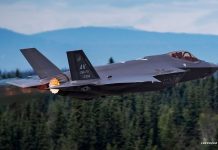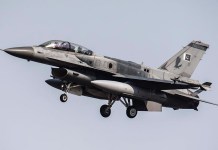The unprecedented dual crash of aircraft operating out of the USS Nimitz aircraft carrier is the latest in the list of accidents suffered by the US military in the South China Sea, arguably the most contested maritime region in the world.
In a shocking and inexplicable incident on October 26, a US Navy MH-60R Sea Hawk helicopter assigned to the ‘Battle Cats’ of Helicopter Maritime Strike Squadron 73 and the F/A-18E/F Super Hornet assigned to the “Fighting Redcocks” of Strike Fighter Squadron 22, crashed into the South China Sea within 30 minutes of each other. Both aircraft were operating out of the supercarrier USS Nimitz.
“All personnel involved are safe and in stable condition. The cause of both incidents is currently under investigation,” the US Pacific Command (which oversees operations in the South China Sea) wrote on social media site X. It did not, however, give any specific information on the circumstances of this rarest of rare dual crash, or their exact location.
While the cause of the crashes is currently under investigation, US President Donald Trump hinted that the accidents may have been caused by “bad fuel.”
They’re gonna let me know pretty soon,” Trump told reporters while flying aboard Air Force One on October 27. “I think they should be able to find out. It could be bad fuel. I mean, it’s possible it’s bad fuel. Very unusual that that would happen,” he added. However, he refuted the possibility of foul play when probed further by reporters.
Bad fuel refers to contamination of fuel with water or other substances that can cause engine failure.
In carrier-based aviation operations, there are special conditions for the transfer of fuel: first into the ship’s storage tanks (which may occur whether the carrier is at sea or in port), and subsequently into the aircraft. Moreover, personnel on board all Navy carriers regularly conduct fuel quality tests at various stages of the fuel distribution process.
According to reports, it is standard practice to examine the quality of the fuel in the wake of an aviation-related incident, which means we will have clarity on the matter soon.
The US Pacific Fleet has not commented on the “bad fuel” theory floated by Trump at the time of writing this report.
The South China Sea Has Seen Many US Accidents
The South China Sea spans about 3.5 million square kilometers and is vital for global trade, fisheries, and potential energy reserves. China claims nearly the entire South China Sea and has active territorial disputes with several Southeast Asian countries that overlap with its claims, including the Philippines, Vietnam, Malaysia, Brunei, and Taiwan.
In fact, Chinese vessels have collided with vessels belonging to Vietnam and the Philippines during confrontations and military stand-offs related to these territorial disputes.
More significantly, the South China Sea has famously been the site of multiple petrifying accidents involving the US Navy since the early 2000s.
One of the worst accidents to have ever occurred over the South China Sea is the mid-air collision between the EP-3E Aries II reconnaissance aircraft and the Chinese J-8D Finback interceptors in April 2001.
On the fateful day of April 1, 2001, a US Navy EP-3E Aries II, serial number 156511, was on a mission to monitor Chinese communications and gather signals intelligence.
It was supported by a crew of six flight personnel and 18 members of the Navy, Marines, and Air Force, all part of the Fleet Air Reconnaissance Squadron One (VQ-1), known as the “World Watchers.”
Two Chinese J-8D fighter planes, which had taken off from Lingshui airport on Hainan Island, intercepted the EP-3E crew as it flew at 22,500 feet off the coast of Hong Kong and within international airspace.
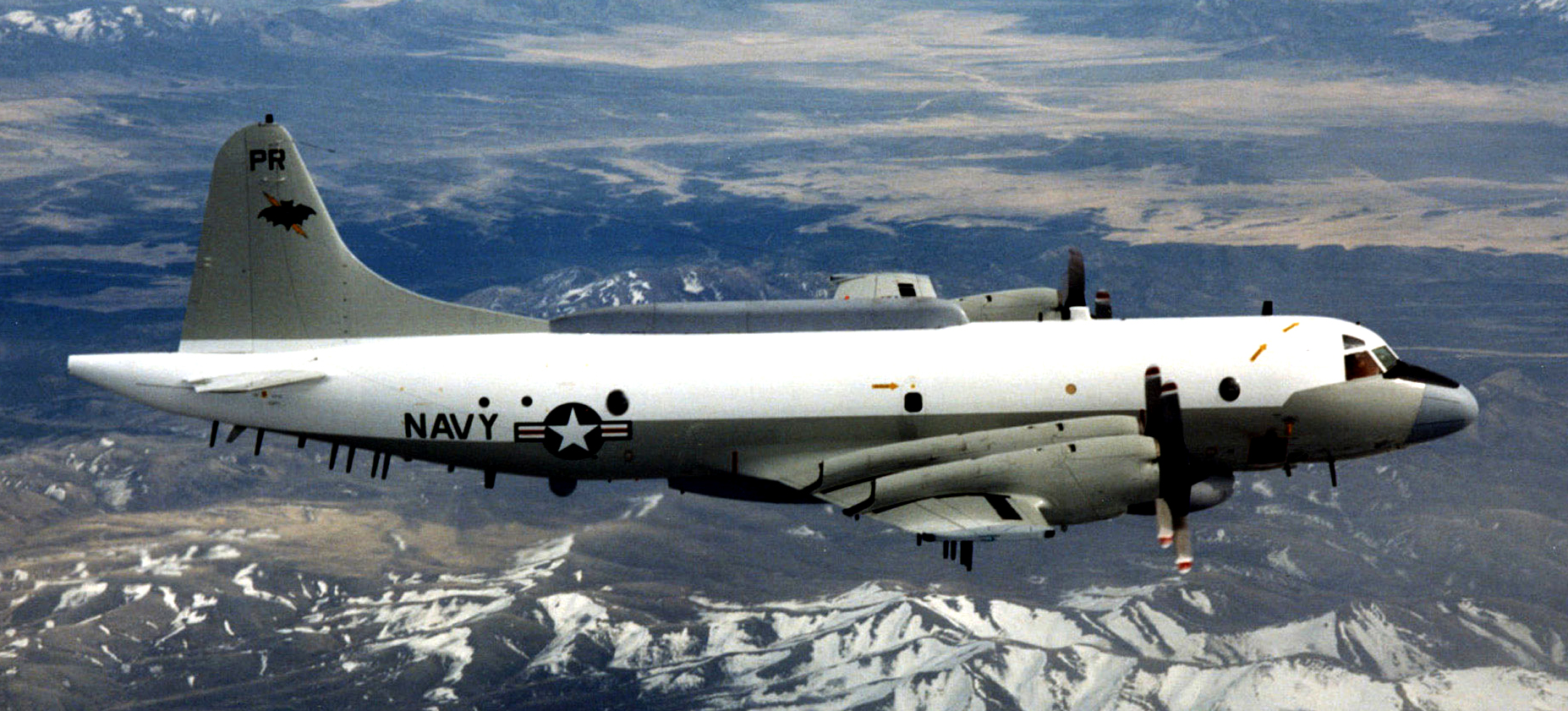
In a surprising development, Lt. Cmdr. Wang Wei, one of the two Chinese pilots, conducted three hostile passes at the EP-31 aircraft. Wei’s fighter jet veered dangerously close to the EP-3E during his third approach, becoming unintentionally entangled in turbulence caused by the larger aircraft, leading to a catastrophic mid-air collision.
As a result, one of the EP-3E’s propellers sliced the J-8 fighter in two. Although Wei ejected from his aircraft, he did not survive the accident.
Meanwhile, the damaged EP-3E, losing its nose cone and dropping 8,000 feet, made an unauthorized emergency landing at Lingshui airfield on Hainan, where its crew was detained for 11 days amid a tense US-China diplomatic standoff.
The next big incident came in 2021 when a US nuclear submarine suffered a very severe collision in the dead of the sea while it was conducting a classified mission in the depths of the South China Sea.
On October 2, 2021, the USS Connecticut, a powerful nuclear attack submarine of the Seawolf class, struck an underwater seamount in the South China Sea. It took five days for the US Navy to declare that the submarine, which was moving at a very high speed through poorly charted waters, had struck a seamount.
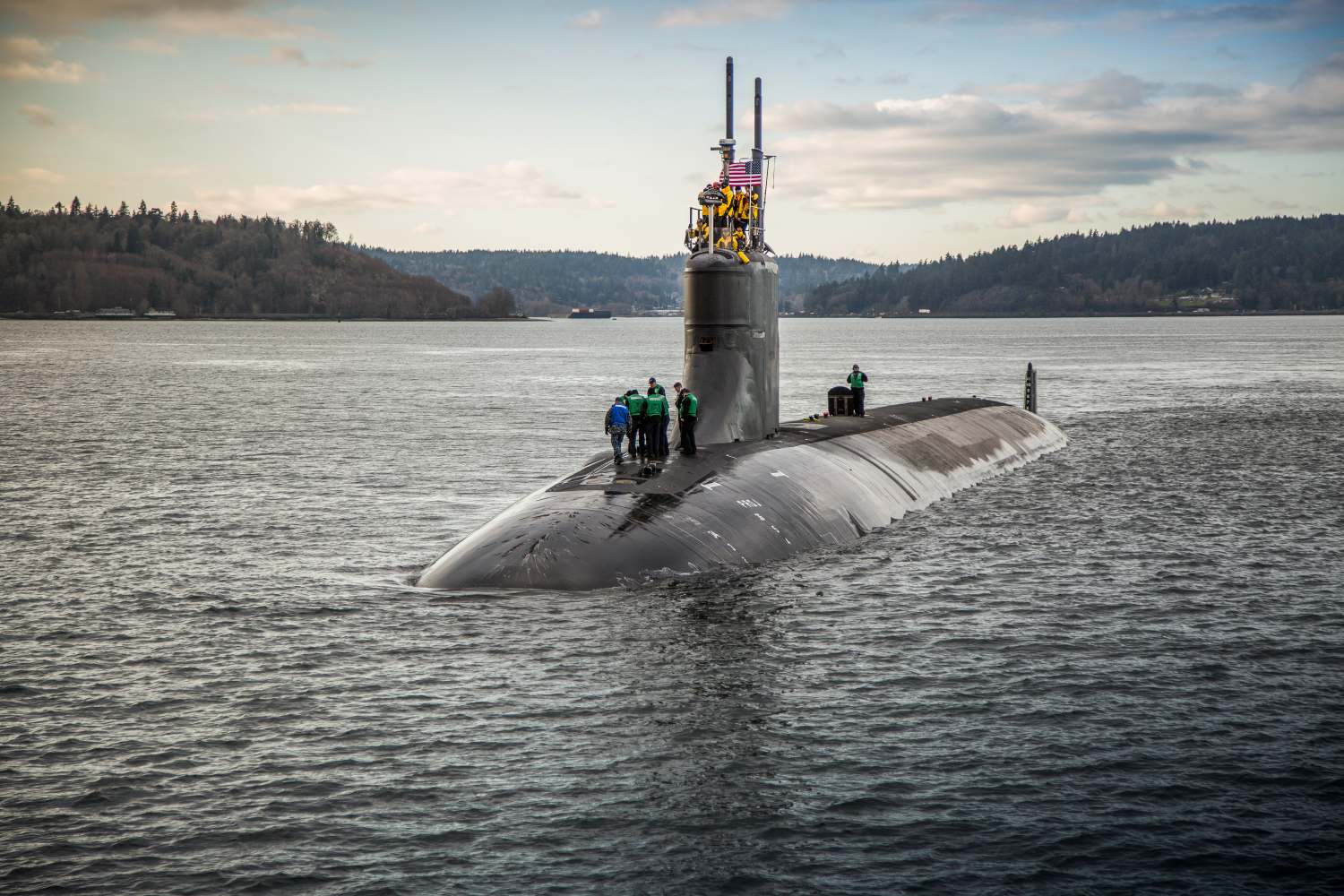
An investigation conducted by the US later revealed that the accident had occurred due to the crew’s lapses in navigation planning and unfamiliarity with the South China Sea.
The failures “fell far below US Navy standards,” the investigation revealed. The report said at least 11 crew members of the submarine were injured, and the nuke submarine lost its radar dome on the transit to Guam after the crash.
The incident severely damaged the reputation of the Seawolf class, the US Navy’s most powerful, lethal, complex, and expensive nuclear attack submarines, which were designed for elite missions close to the enemy’s shore.
Notably, the incident raised suspicions in the People’s Republic of China (PRC), which expressed concerns over covert US military activity in the region.
Just a year later, in 2022, came the US F-35C crash.
On January 24, 2022, a US Navy F-35C Lightning II stealth fighter jet from Strike Fighter Squadron (VFA) 147 “Argonauts” suffered a “landing mishap” on the flight deck of the aircraft carrier USS Carl Vinson during routine operations in the South China Sea.
The carrier was on deployment with Carrier Air Wing 2, marking the first operational cruise for F-35Cs in the region.
A Naval Air Forces investigation later concluded that the crash was solely due to pilot error.
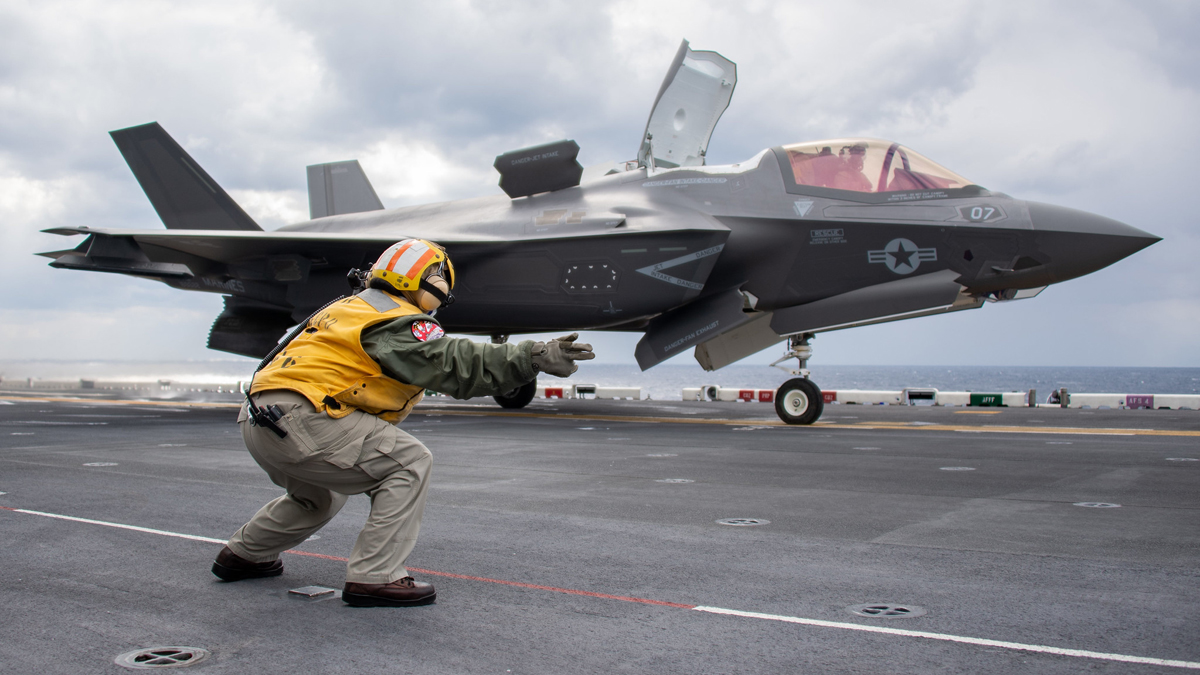
It noted that the pilot was reportedly trying to do a specialised landing, which was an “approved and common maneuver.” However, it highlighted that the pilot had never attempted that particular landing before that tragic day.
“As a result of the compressed timeline and the (pilot’s) lack of familiarity with the maneuver, the (pilot) lost situational awareness and failed to complete his landing checklist,” the investigation stated. “Specifically, the (pilot) remained in manual mode when he should have been (and thought he was) in an automated command mode designed to reduce pilot workload during landings.”
When the pilot recognized his predicament, it was too late: he had come in for the landing without enough power, it stated, ruling out malicious intent.
The US Navy is not the only one to have suffered accidents in the region. In a recent, rather shocking incident, a Chinese Coast Guard vessel collided with a Chinese People’s Liberation Army Navy (PLAN).
The collision took place near the disputed Scarborough Shoal on August 11, when the two Chinese vessels–the Chinese Coast Guard ship CCG3104 and a People’s Liberation Army Navy (PLAN) Guilin destroyer–ganged up on Philippine Coast Guard (PCG) vessels that were escorting a humanitarian mission.
While the PLAN ship sustained minor damage to its port side, the CCG ship CG3104 suffered significant damage to its bow.
The information collated in this report is not an exhaustive list of the accidents that have occurred in the region, and does not suggest any foul play of any sort. However, the EurAsian Times understands that the incidents listed above are among the worst, if not the worst, to have occurred to the US Navy in this region in recent memory.
- Contact the author at sakshi.tiwari13 (at) outlook.com
- Follow EurAsian Times on Google News

